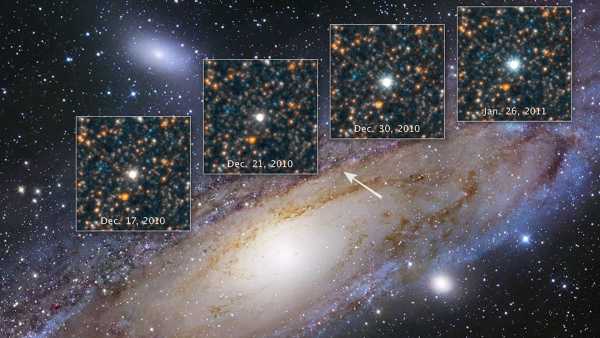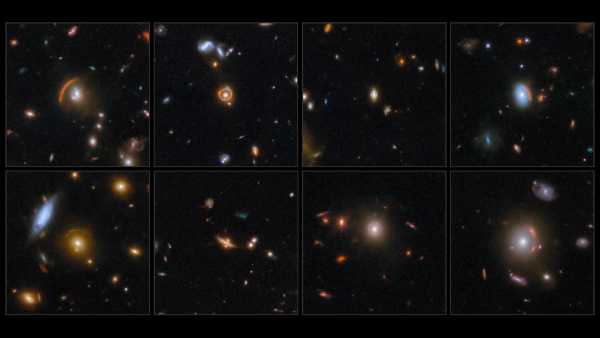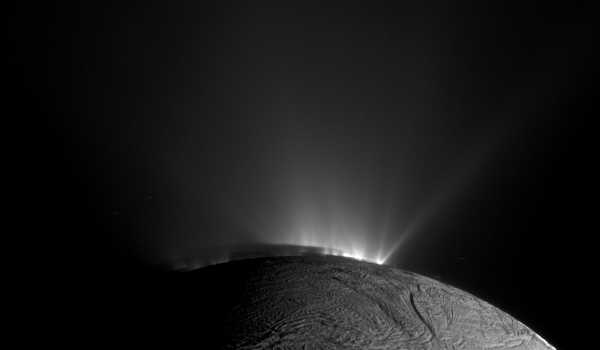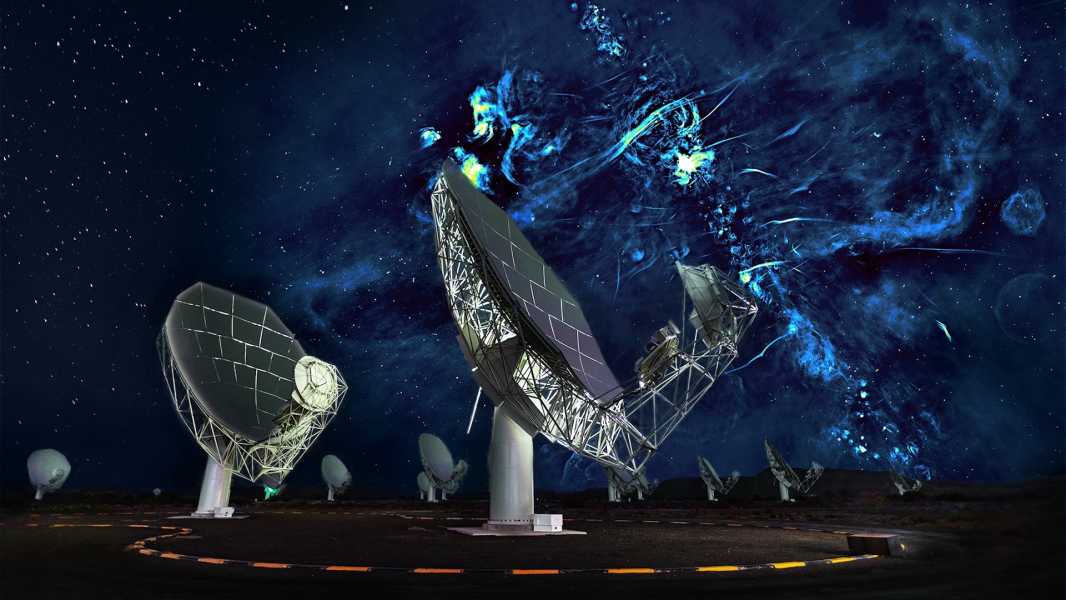
A composite image of South Africa's MeerKAT radio telescope, with majestic cosmic bubbles of radio energy in the background. A similar array, known as the Deep Synoptic Array 2000, has been proposed for the Utah desert. (Image credit: South African Radio Astronomy Observatory (SARAO))
A huge array of radio dishes planned for the Utah desert could improve our understanding of physics and help decipher cosmic radio signals. Now scientists have explained how it will work.
Since the early 1950s, radio astronomy has offered powerful insights into the inner workings of the universe, revealing everything from how stars form to spectacular images of our galaxy’s giant black hole. Astronomers are currently building a massive array of radio dishes called the Deep Synoptic Array 2000 (DSA-2000). The array consists of 2,000 radio dishes, each 16 feet (5 meters) in diameter, placed in a radio-quiet area of the Utah desert.
Now an international team of astronomers has demonstrated how DSA-2000 will become an important tool for discovering some of the most hidden corners, particles and processes in the cosmos.
You may like
-
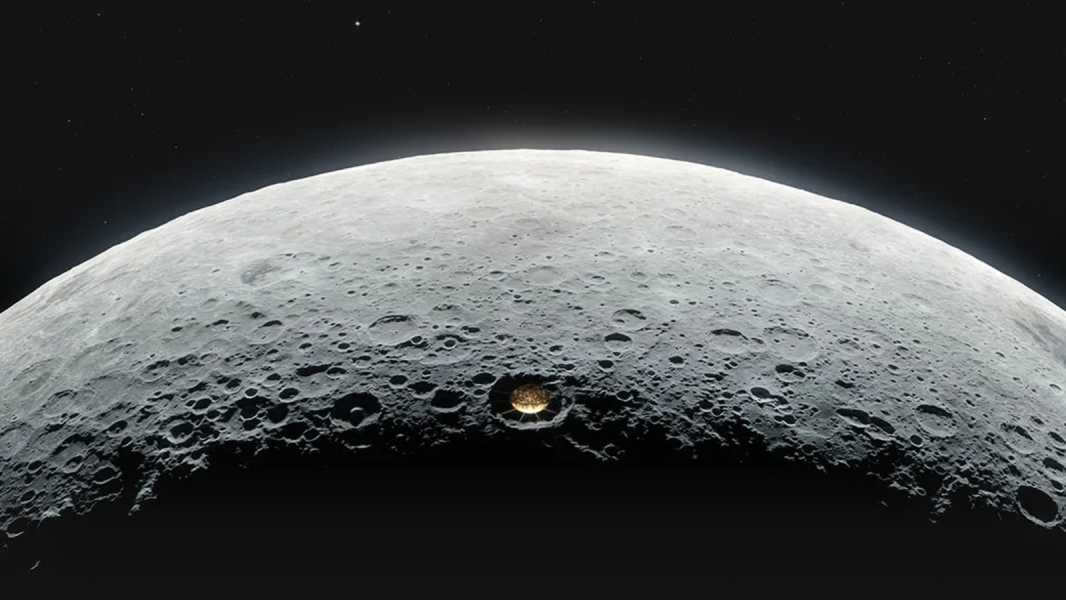
NASA Plans to Build a Massive Radio Telescope on the 'Dark Side' of the Moon. Here's Why.
-
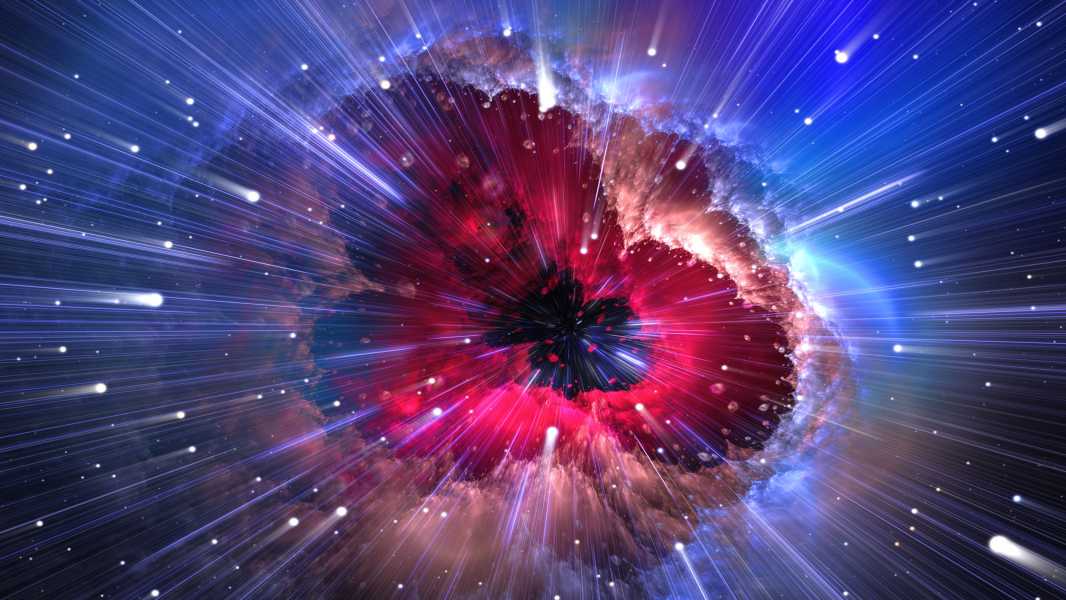
'People thought it was impossible': Scientists capture light of 'cosmic dawn' for the first time using ground-based telescope
Sourse: www.livescience.com


